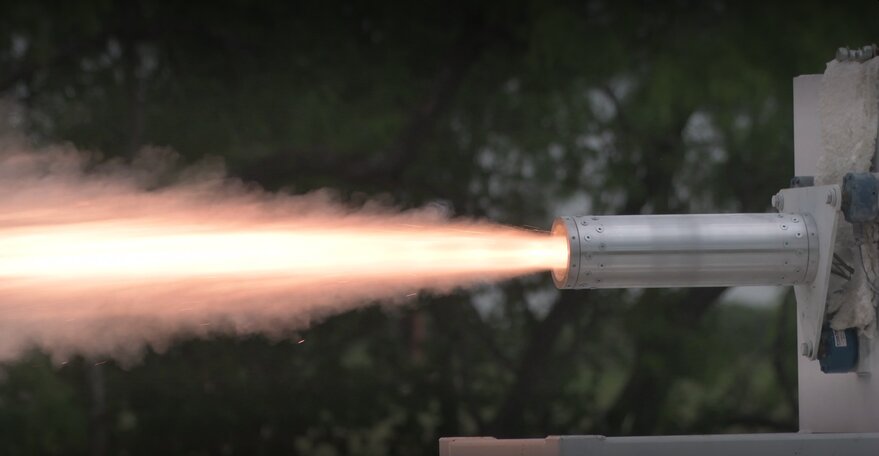Under a $17.8 million contract, X-Bow will work in support of AFRL’s Rapid Energetics & Advanced Rocket Manufacturing (RE-ARM) program
The U.S. Air Force Research Laboratory awarded X-Bow Systems, a startup that specializes in solid rocket propulsion, a $17.8 million contract to demonstrate additive manufacturing technologies. The three-year contract, announced Sept. 26, is part of a $60 million agreement announced in April known as a strategic funding increase, or STRATFI. X-Bow’s contract includes $30 million in U.S. Air Force funding and $30 million in matching funds from private investors. AFRL’s $17.8 million contract covers a portion of the government’s share of the agreement.
X-Bow will work in support of AFRL’s Rapid Energetics & Advanced Rocket Manufacturing (RE-ARM) program, intended to help reduce the cost and schedule to produce propellants for tactical rocket motors. The program supports the development of inexpensive solid rocket motor production equipment. Solid rocket engines are used by the U.S. Air Force in air-to-air and air-to-ground missiles, intercontinental ballistic missiles and satellite launchers. In a solid rocket, the fuel and oxidizer are mixed together into a solid propellant which is packed into a solid cylinder.
X-Bow was founded in 2016 in Huntsville, Alabama, and is now based in Albuquerque, New Mexico. The company specializes in additive manufacturing of solid rocket propellant to enable the rapid development of solid rocket motors. It plans to build a manufacturing facility in Luling, Texas.
Additive manufacturing techniques
X-Bow CEO and founder Jason Hundley said the AFRL contract will help mature the company’s manufacturing technology and processes. The company has been working on solid rocket technology projects with AFRL at Edwards Air Force Base, California. Using additive techniques, X-Bow aims to dramatically reduce the time it takes to produce solid rocket motors used in tactical missiles and space launch vehicles, Hundley said. The company hopes to eventually compete for contracts against established solid rocket manufacturers like Northrop Grumman and Aerojet Rocketdyne, which was recently acquired by L3Harris. 3D printing propellants and motors allows for rapid iteration, he said. “We’ve designed our technology to basically work for any size rocket motor — from the 2-inch diameter level into the 60-inch plus diameter level.”
A solid propellant production line that traditionally would take anywhere from three to six years to stand up, “we’re looking to do that within 12 months” and at much lower cost, Hundley said. With traditional manufacturing methods, he said, the industry has a hard time switching production to different size motors. “That is literally a software change to us.”
Subscribe to AM Chronicle Newsletter to stay connected: https://bit.ly/3fBZ1mP
Follow us on LinkedIn: https://bit.ly/3IjhrFq
Visit for more interesting content on additive manufacturing: https://amchronicle.com


